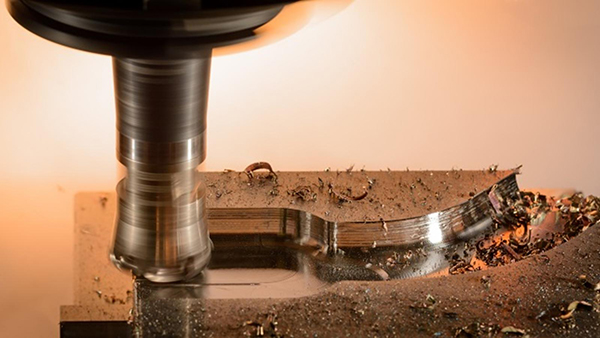In the era of innovative manufacturing of products and goods, repaid delivery times, creativity, and precision remains crucial. Prototype machining is one of the best production techniques that help in the comparison and evaluation of products before manufacturing on a large-scale.
While many companies in the production sector lack the fundamental concept of handling excellent manufacturing, prototype machining stands out as a beacon of hope to businesses. It’s a production strategy that helps to boost the power of expertise and quality. With this production concept, it’s easier to design products, services, and goods without affecting the outcome quality or result.
Types of Prototype Machining Ideas Available:
The basic view of prototype machining can be well-explained by using the computer numerical control concept. With the CNC view of production, it also depends on the complexity and shape of the production you’re planning to design. The truth is that CNC machining comes with a gamut of crucial advantages. It helps in reducing the time of production, boost quality, and makes you get the best result during any machining process. Some of the fundamental types of prototyping can be found in the likes of CNC screw machining, CNC turning, and CNC milling.
Each type of variation of prototype machining has its advantages and disadvantages. In the case of CNC milling, the cutting tools and drills will help in the generation of precise shapes while the workpiece remains stationary. When talking about CNC screw machining, you’ll have to cast your mind at a turning process. One thing about the screw machining procedure is that you get reduced production, which remains complex. For CNC turning, there is the availability of lathe in automation that revolves in the opposite direction of the cutting edge concept in a cylindrical manner.

CNC machines, *picture from lincolntech.edu
The Capability of Materials Used For Prototype Machining:
The materials that can be applied to the use of prototyping machining varies according to the producer’s needs. It can help in the determination of the application and size of prototype parts. The material you select will make or break the entire process without producing the best result. Some of the common materials used for prototyping machining are phenolics, G10 FR4, foams, and plastics. Before attaching any application of this production concept, it’s wise to check on the perfect material for usage. It will help in achieving the best result and goal when handling a prototyping project.
What It Entails To Handle Prototype Machining Process?
Engineers and designers are key to handling projects on prototype machining. With the help of these experts, there will be reduced manufacturing of products that come in excellent precision. One thing remains crucial when working on tasks involving this production strategy and, that is getting everything correctly.
Reasons Prototyping Machining Is Important:
Without any iota of doubt, prototyping machining can indeed function in various ways. Irrespective of the intricacies and sizes of your products, it can help to boost creativity, innovation, and maximum productivity. Businesses can now depend on this concept to help in improving designs, applications, and much more.
